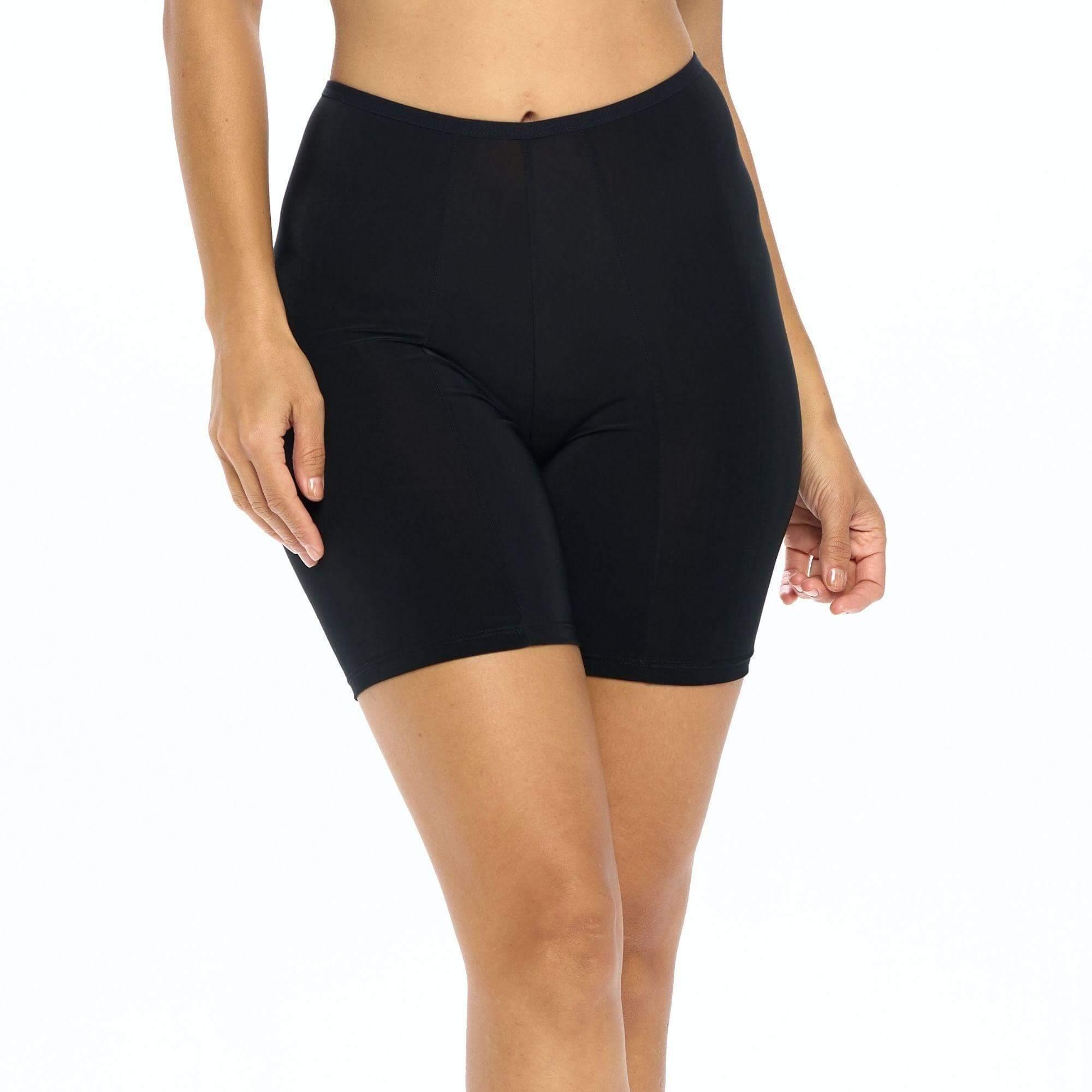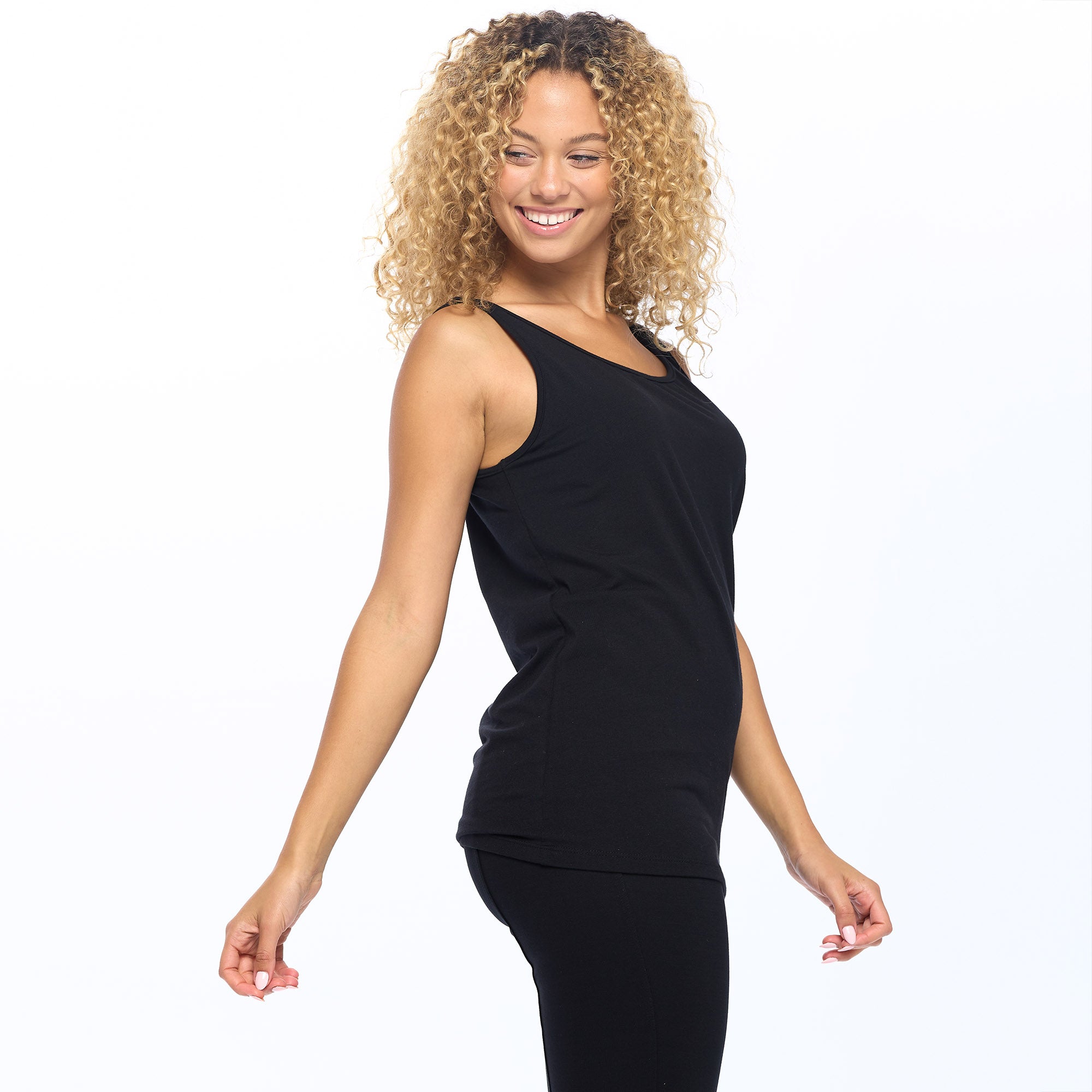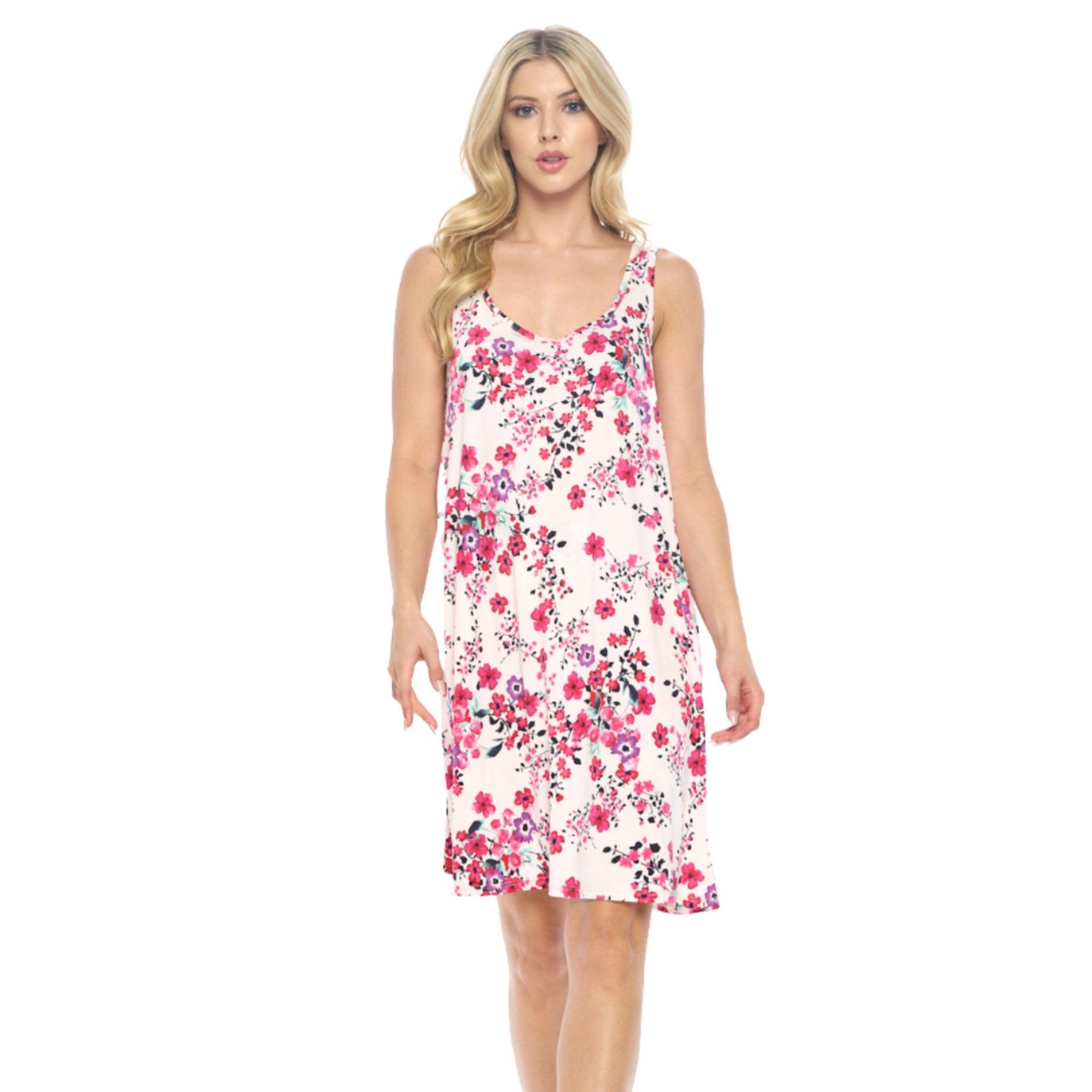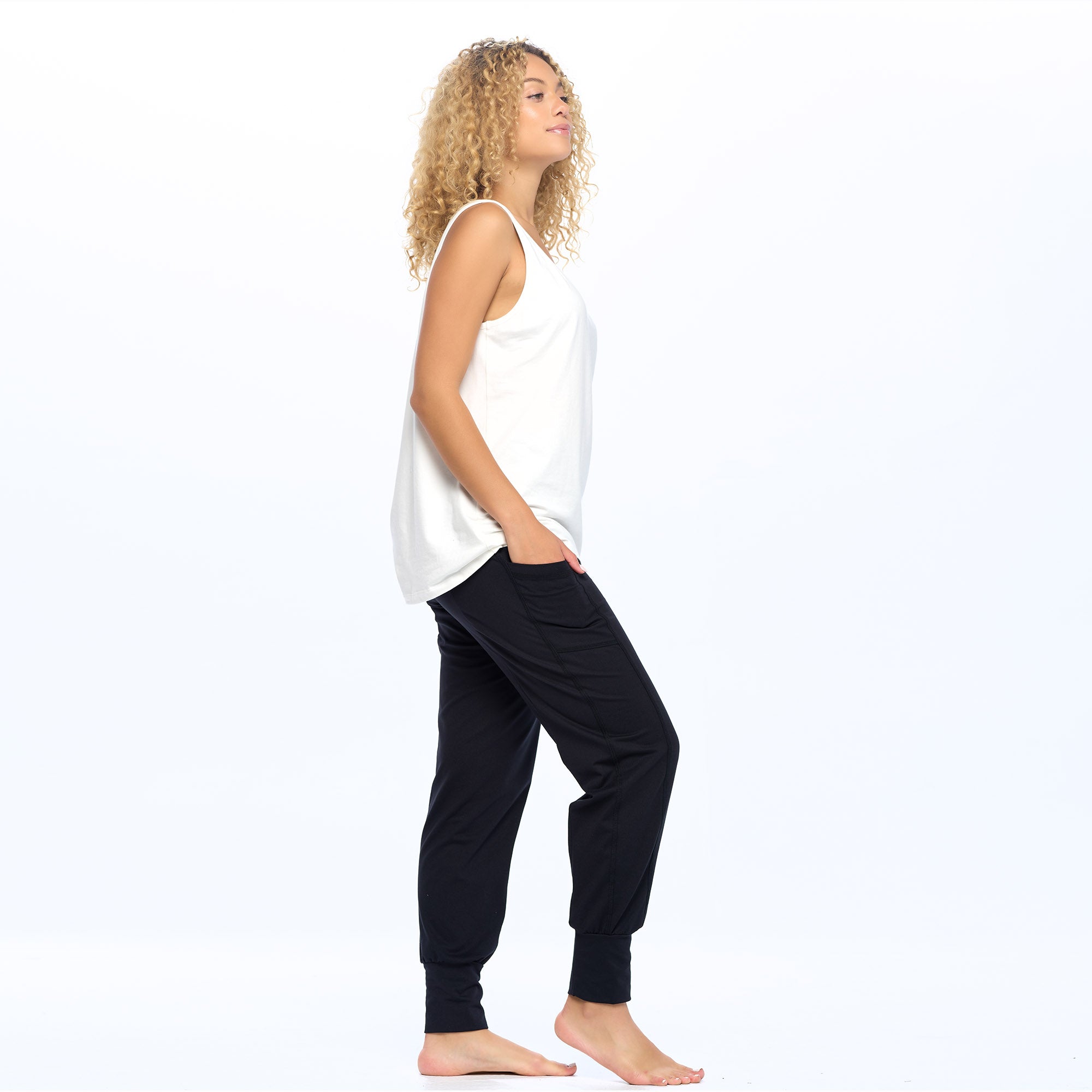Jeans are a timeless wardrobe staple that is loved for their versatility and durability. However, despite their popularity, many people often experience discomfort while wearing them. From tight waistlines to itchy fabrics, there are several reasons why jeans might not feel as comfortable as they should. In this article, we explore the common causes of discomfort in jeans, the impact of uncomfortable denim on our health, and how to choose the right jeans for your body type, so you can enjoy the comfort and style of denim pants without any discomfort.
The History of Jeans and Comfort
Jeans have a rich history that dates back to the 19th century when they were initially designed as workwear for miners and cowboys. At the time, the primary focus was durability and functionality, rather than comfort. However, over the years, as jeans became more mainstream, the focus shifted towards making them more comfortable while retaining their durability.
As the popularity of jeans grew, so did the demand for more comfortable and flexible materials. The stiff and heavy denim materials that were originally used to make jeans were not suitable for everyday wear. This led to the evolution of denim material, which is now softer and more flexible than ever before.
The Evolution of Denim Material
Historically, jeans were made from raw, stiff, and heavy denim materials that lacked the softness and flexibility needed for comfortable wear. However, modern jeans are typically made from more comfortable and flexible denim materials that include blends of cotton, elastane, and spandex. These blends provide the perfect balance of durability and comfort, making jeans suitable for everyday wear.
The evolution of denim material has also led to the introduction of different styles and cuts of jeans. Skinny jeans, for example, are made from a stretchy denim material that allows for a comfortable and snug fit. High-waisted jeans are also made from a stretchy denim material that provides a comfortable and flattering fit.
The Shift in Fashion Trends
The fashion trends of the modern age have also contributed to the evolution of jeans and their level of comfort. As more people began to wear jeans for fashion rather than work purposes, there was more emphasis on the look and feel of the garment. This shift led to the introduction of different cuts and styles of jeans, which focused on creating more comfortable fits tailored to different body types.
For example, bootcut jeans were introduced in the 1960s and 1970s to provide a comfortable and flattering fit for people with wider hips and thighs. Similarly, boyfriend jeans were introduced in the 1980s and 1990s to provide a comfortable and relaxed fit for people who prefer a more casual look.
Overall, the evolution of jeans and their level of comfort has been driven by a combination of factors, including changes in fashion trends, advancements in denim material, and growing demand for comfortable and versatile clothing. Today, jeans are a staple in almost every wardrobe, and their comfort and durability continue to make them a popular choice for people of all ages and lifestyles.
Common Causes of Discomfort in Jeans
Jeans are a staple in many people's wardrobes, but they can also be a source of discomfort. While jeans have become more comfortable overall, there are still several common causes of discomfort that many people experience while wearing them.
Incorrect Sizing and Fit
One of the most significant causes of discomfort in jeans is incorrect sizing and fit. Wearing jeans that are too tight or too loose can cause discomfort and restrict movement. Additionally, the waistline of jeans can also contribute to discomfort, particularly when the waistband is too tight or too high. It's essential to find the right fit for your body type to ensure that you can move freely and comfortably while wearing your jeans.
When trying on jeans, pay attention to the fit around the waist, hips, and thighs. Make sure that the waistband sits comfortably on your waist without digging in or causing bulges. The thighs should also have enough room for movement, and the jeans should not be too tight around the knees or calves.
Stiff or Unyielding Fabric
Another common cause of discomfort in jeans is related to the fabric. Jeans made from stiff and unyielding materials can be uncomfortable to wear, particularly during prolonged periods of sitting or standing. This discomfort can be exacerbated in hotter temperatures when sweat and heat can get trapped between the skin and fabric.
When shopping for jeans, pay attention to the fabric composition. Look for jeans made from softer and more flexible materials, such as stretch denim or cotton blends. These fabrics will move with your body and provide more comfort during extended wear.
Allergies and Skin Sensitivities
For some people, the fabric used to make jeans can cause skin irritation and allergies. This discomfort is often related to the presence of harsh chemical dyes or finishes used during the manufacturing process. In some cases, individuals may be allergic to the materials themselves, such as certain types of cotton or elastane used in the fabric.
If you have sensitive skin or allergies, look for jeans made from natural and organic materials. These jeans are often free from harsh chemicals and are less likely to cause skin irritation. You can also try washing your jeans before wearing them to remove any residual chemicals from the manufacturing process.
Overall, finding the right pair of jeans can take some time and effort, but it's worth it to avoid discomfort and ensure that you feel confident and comfortable in your clothing.
The Impact of Uncomfortable Jeans on Your Health
Wearing uncomfortable jeans can not only be annoying but can also hurt our health.
Jeans are a staple in most people's wardrobes. They are versatile, durable, and can be dressed up or down. However, not all jeans are created equal, and some can cause serious health issues if worn for extended periods.
Restricted Blood Flow
Jeans that are too tight can cause restricted blood flow to various parts of the body, leading to swelling and discomfort. This condition is known as meralgia paresthetica or “tingling thigh syndrome,” which causes a pins-and-needles sensation in the outer part of the upper thigh. The restricted blood flow can also cause varicose veins, which are swollen and twisted veins that can be painful and unsightly.
It's important to choose jeans that fit well and allow for proper blood flow to avoid these uncomfortable and potentially dangerous conditions.
Skin Irritation and Infections
Wearing uncomfortable jeans for prolonged periods can cause skin irritation, itching, and rashes. Over time, this irritation can lead to more severe skin infections or fungal growths on the skin. The tight fabric the jeans can trap moisture and heat, creating the perfect environment for bacteria and fungi to thrive.
It's essential to wear jeans made from breathable materials like cotton or denim to avoid skin irritation and infections.
Musculoskeletal Issues
Wearing jeans that do not fit correctly can cause musculoskeletal issues such as back pain, hip pain, and knee pain. When wearing jeans that are too tight or restrictive, the body is unable to move comfortably, leading to stiffness and discomfort. This can also lead to poor posture, which can cause long-term musculoskeletal issues.
It's crucial to choose jeans that fit well and allow for a full range of movement to avoid these painful and potentially chronic conditions.
Overall, it's important to prioritize comfort and fit when choosing jeans to wear. By doing so, you can avoid the negative health impacts that can come with wearing uncomfortable jeans.

Choosing the Right Jeans for Your Body Type
While there are several causes of discomfort in jeans, finding the right pair of jeans can make a world of difference. Not only will they feel more comfortable, but they will also look better on your body type. Here are some tips to help you choose the perfect pair of jeans.
Understanding Different Cuts and Styles
Jeans come in several different cuts and styles, including skinny, straight, bootcut, and flare. Each style is designed to fit different body types. For example, skinny jeans are best suited for those with a slim or petite figure, while bootcut jeans are ideal for those with wider hips and thighs. Understanding the different styles and how they fit can help you choose a pair that is more comfortable and flattering for your body type.
The Importance of Proper Measurements
When shopping for jeans, it is essential to have accurate measurements of your waist, hips, and inseam. This information can help you choose the right size and style of jeans that will fit you comfortably. Keep in mind that different brands may have different sizing, so it's always a good idea to try on a few different sizes to find the best fit.
Another important factor to consider is the rise of the jeans. The rise is the distance between the crotch and the waistband. High-rise jeans sit above the belly button and can help to smooth out the midsection, while low-rise jeans sit below the hips and can elongate the torso. Mid-rise jeans are a happy medium and are generally the most versatile.
Tips for Trying on Jeans
When trying on jeans, it is essential to try different sizes and styles to find the one that fits you comfortably. Additionally, it can be helpful to move and sit in different ways to see how the jeans feel and fit during different activities. Checking the quality of the fabric, including its stretch and thickness, can also help you find a pair of jeans that will be comfortable and long-lasting.
Don't be afraid to ask for help from a sales associate. They can offer valuable advice on which styles and brands may work best for your body type and can help you find the perfect pair of jeans.
Remember, finding the right pair of jeans may take some time and effort, but it's worth it in the end. A well-fitting pair of jeans can make you look and feel confident and comfortable.
Conclusion
Overall, finding comfortable jeans is about understanding the different factors that contribute to comfort and how to choose the right pair for your body type. By focusing on the fit, fabric, and style of the jeans, you can find a pair that feels great and looks great, without compromising on style or comfort.









